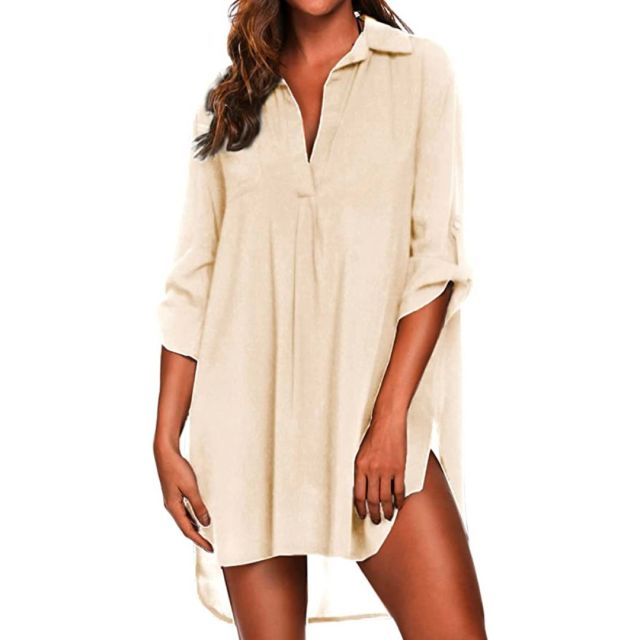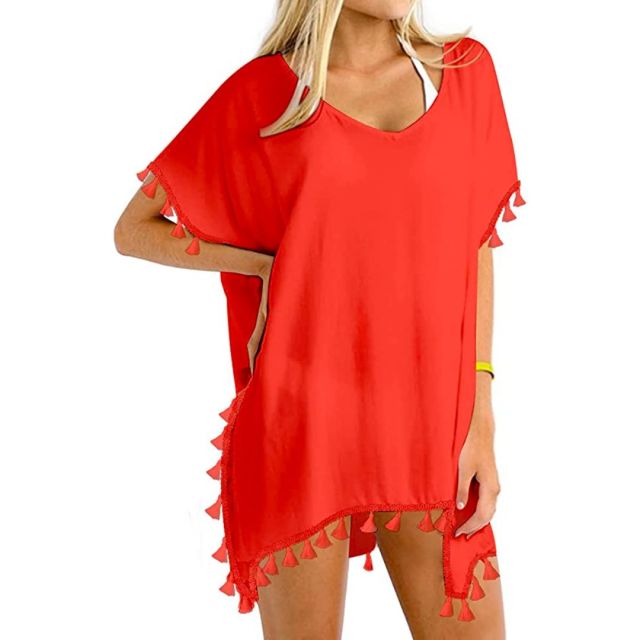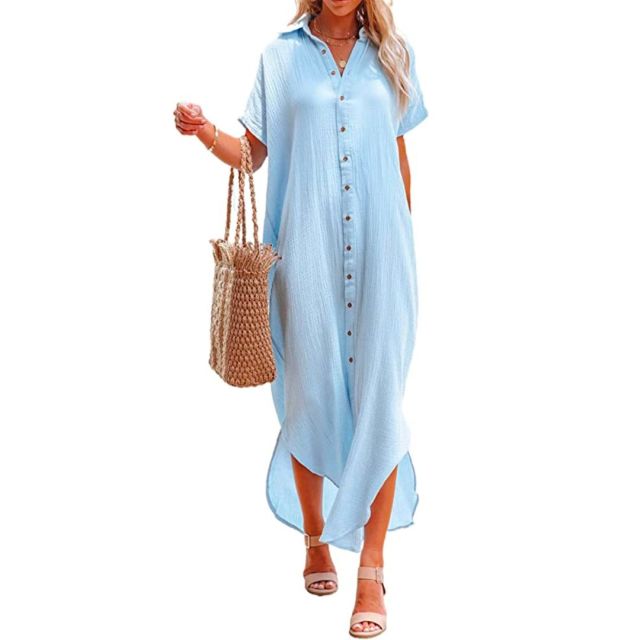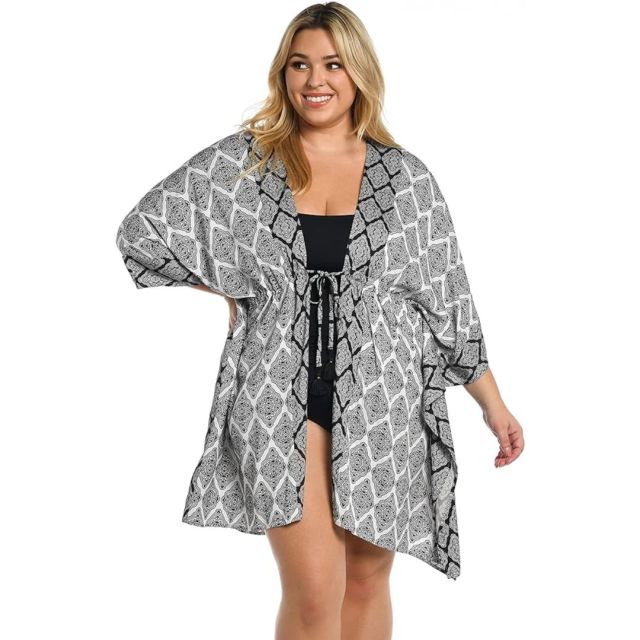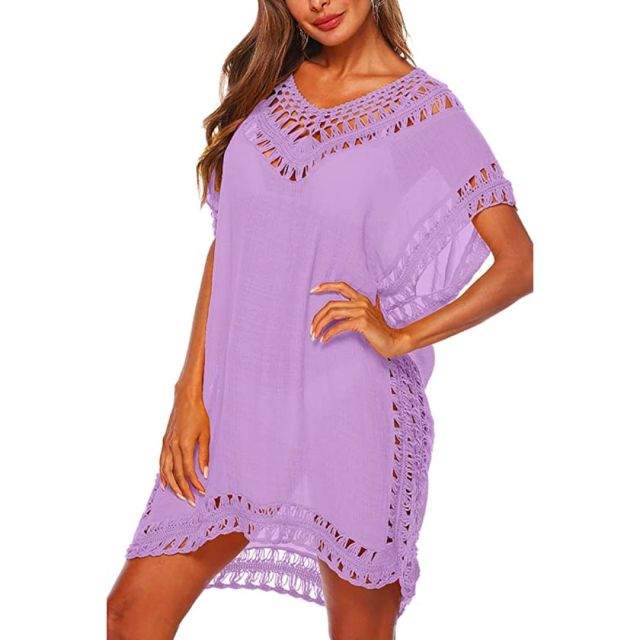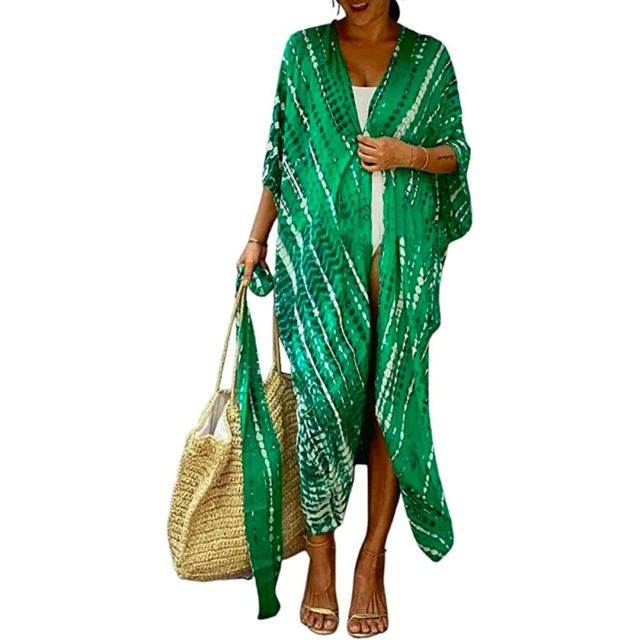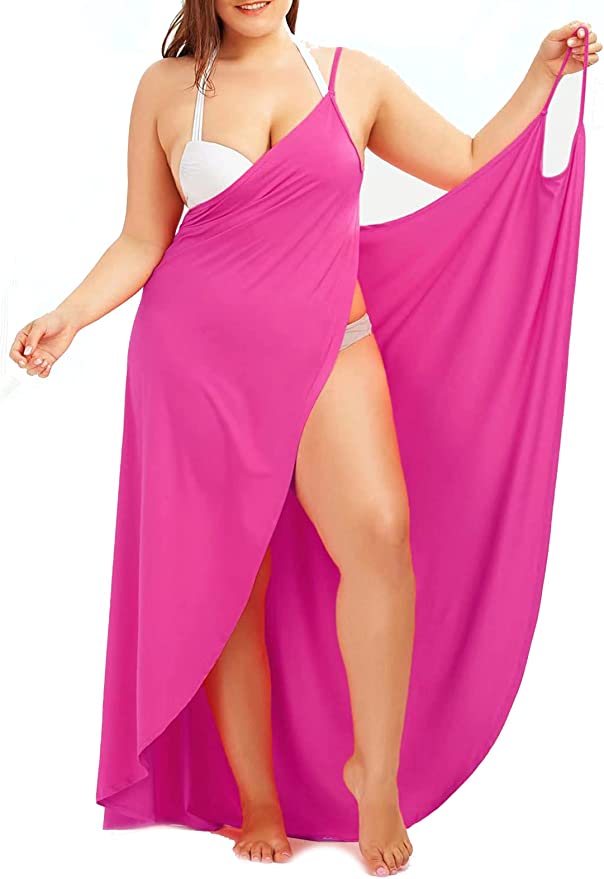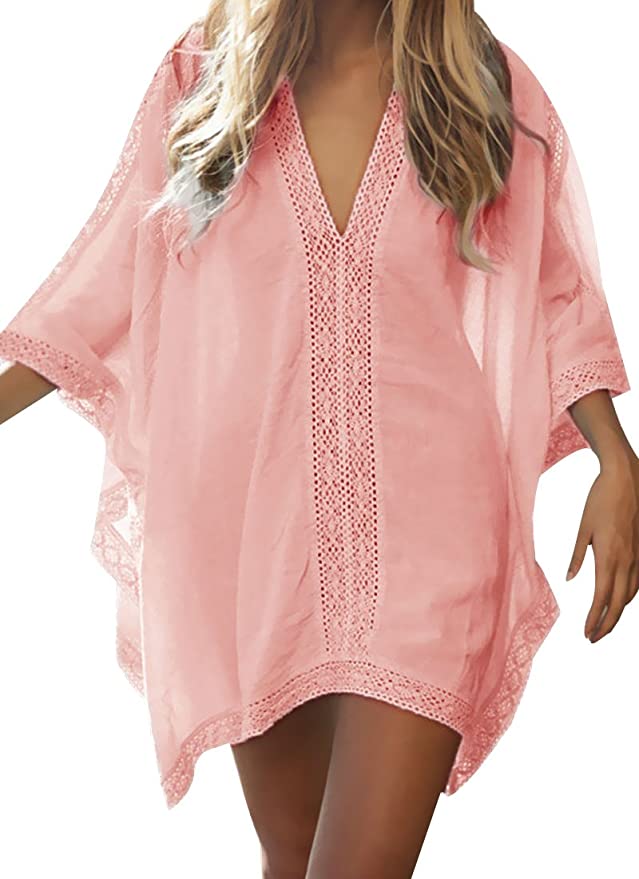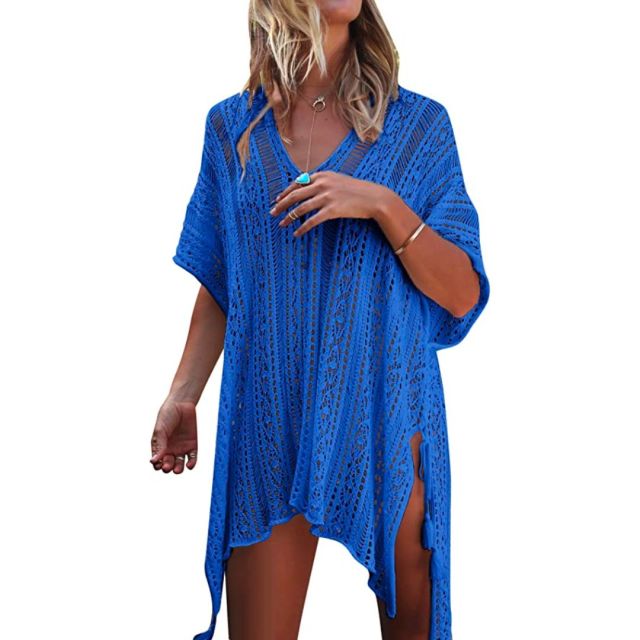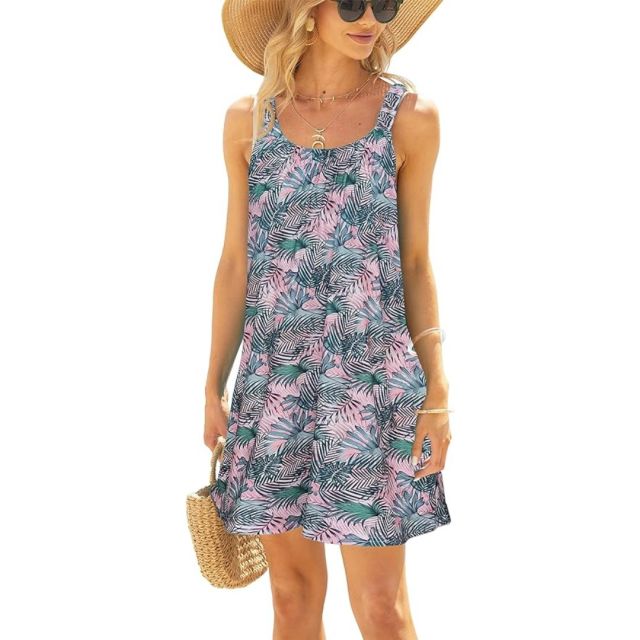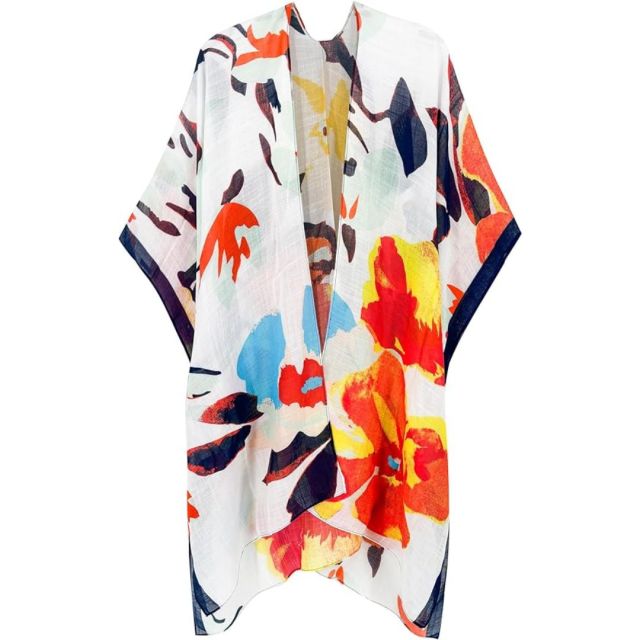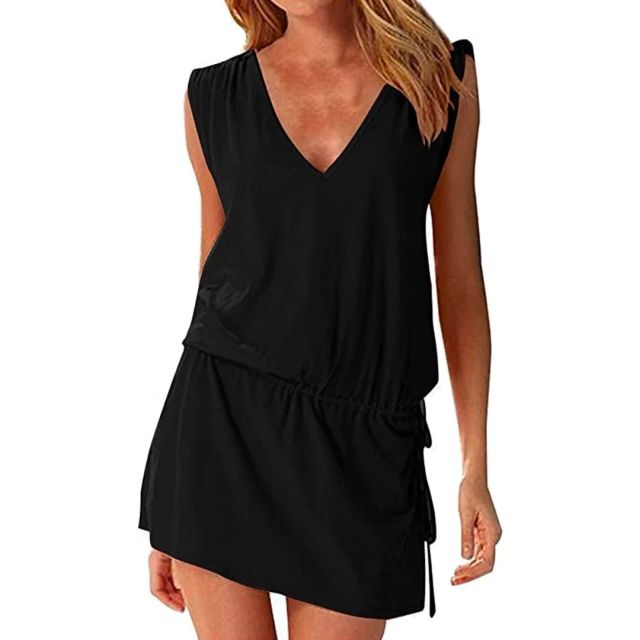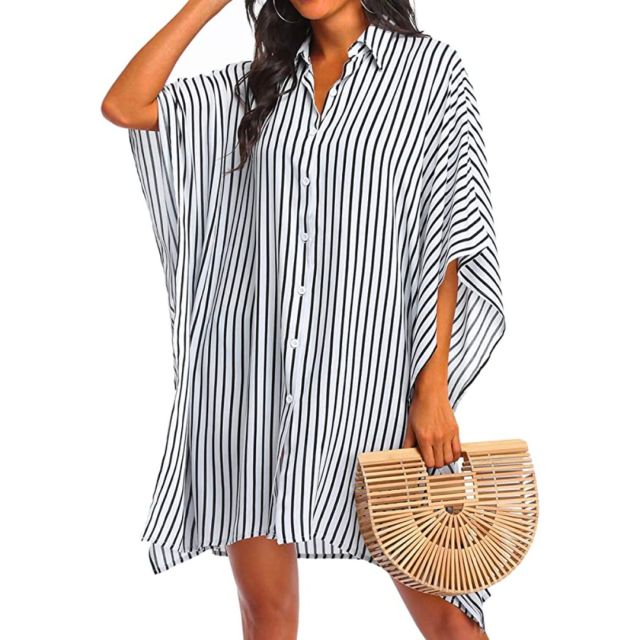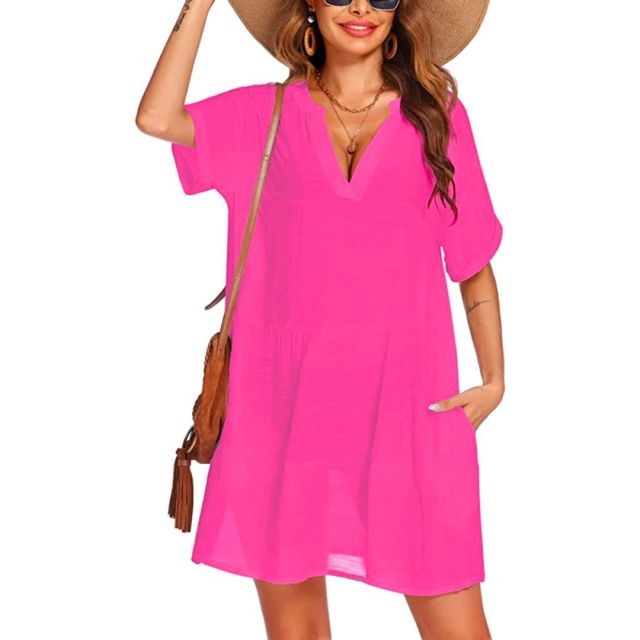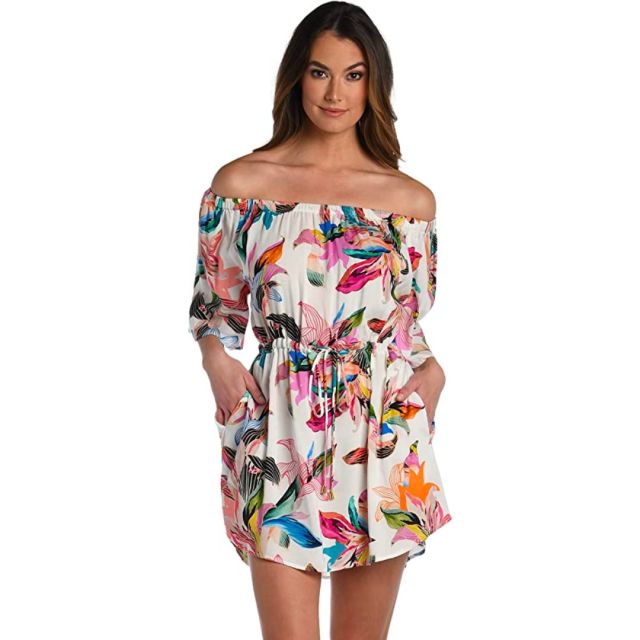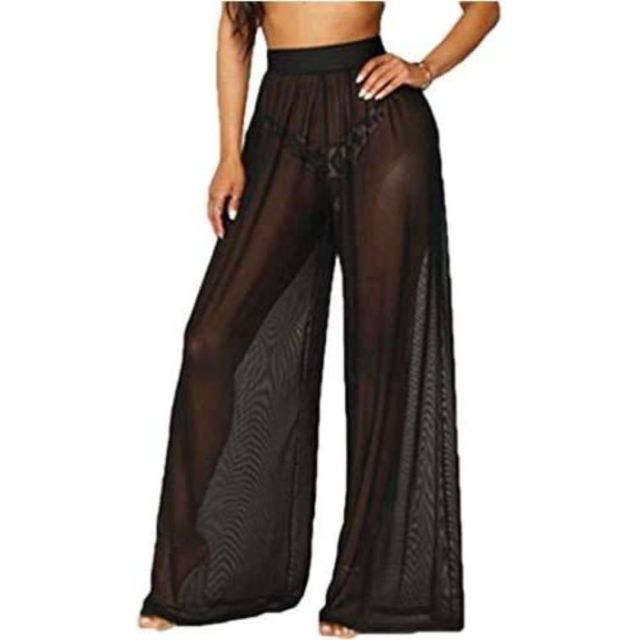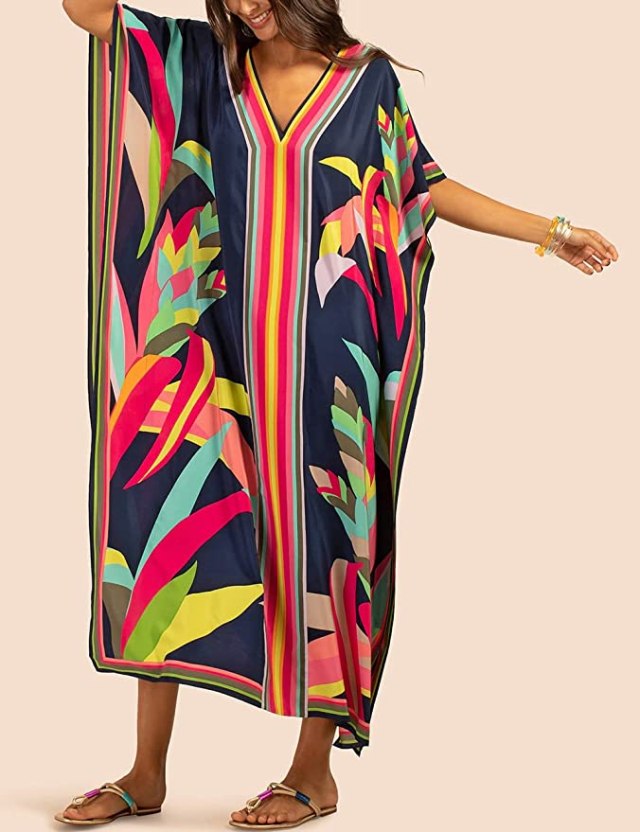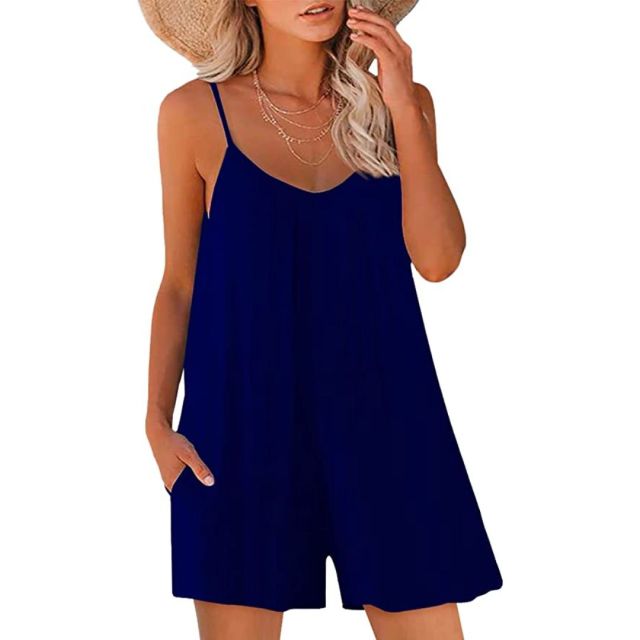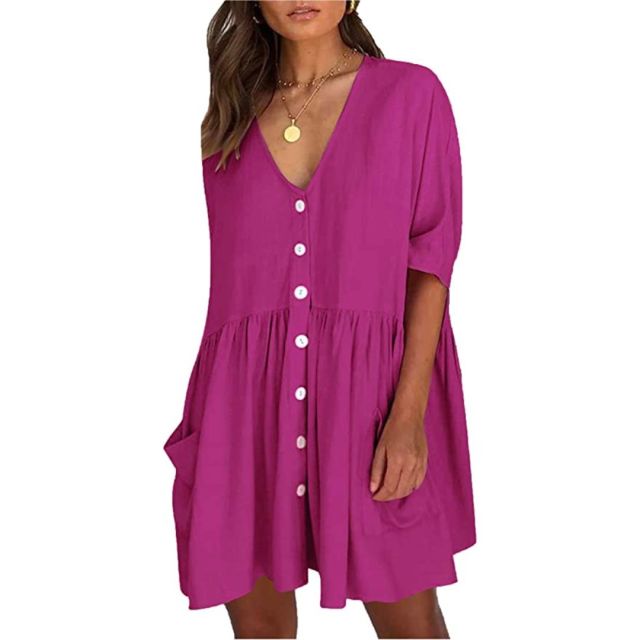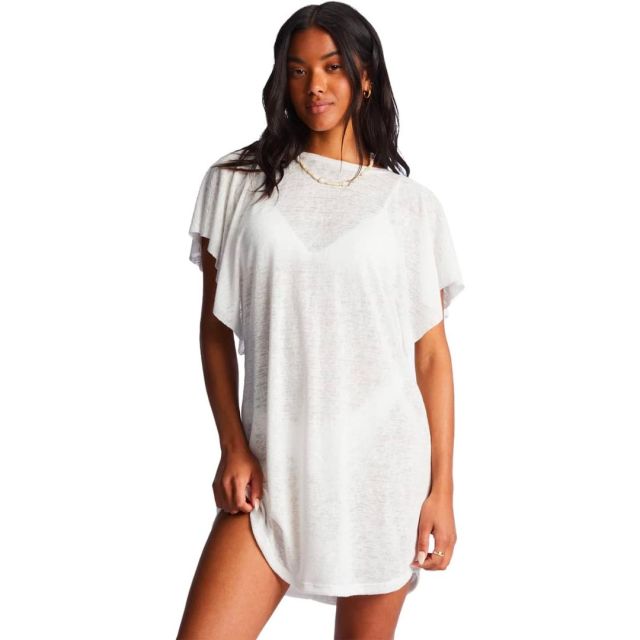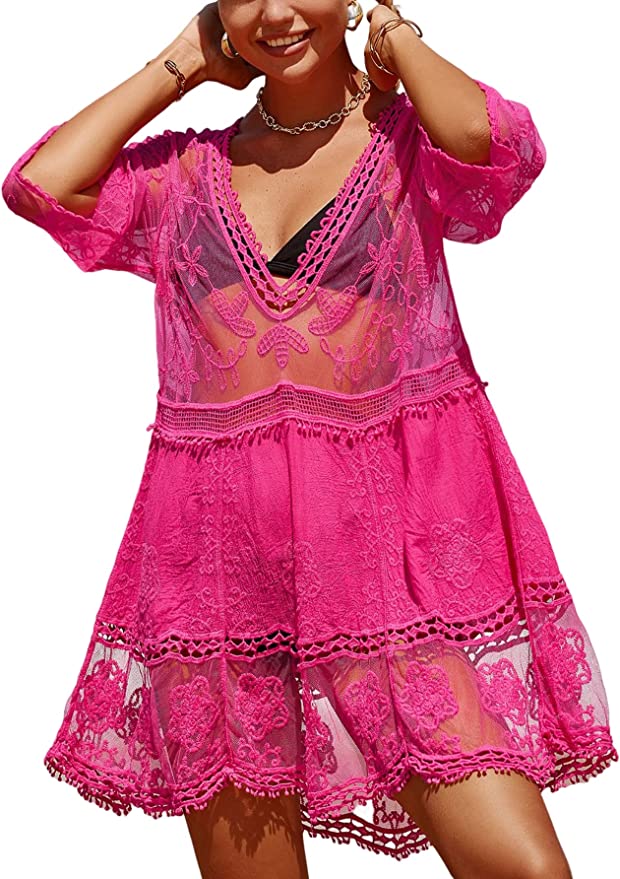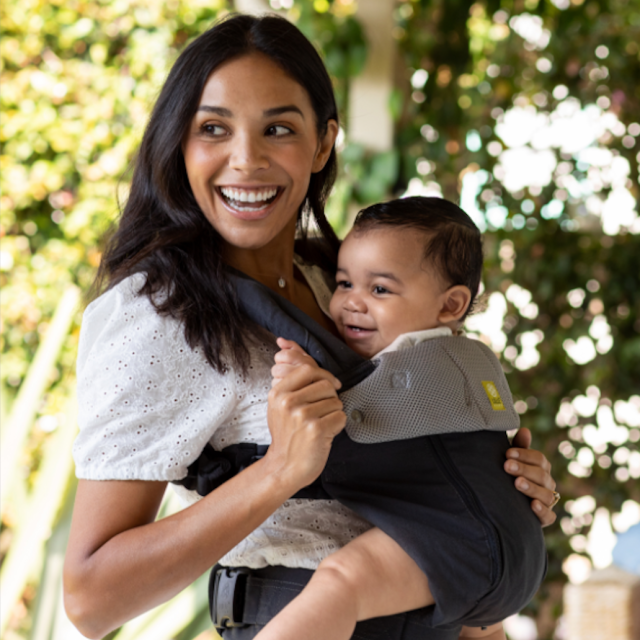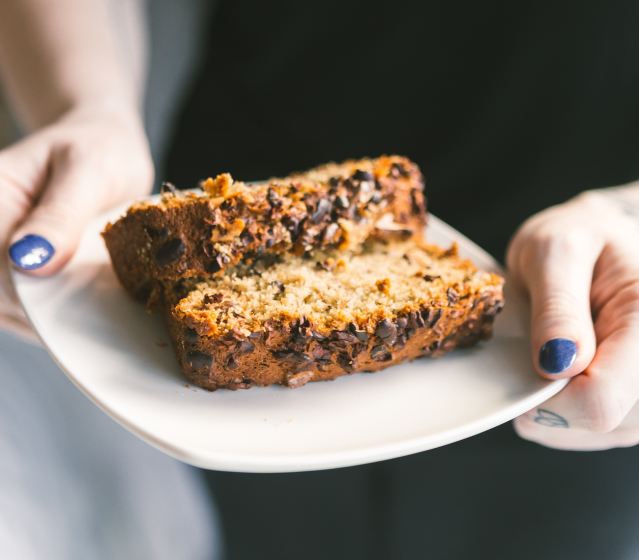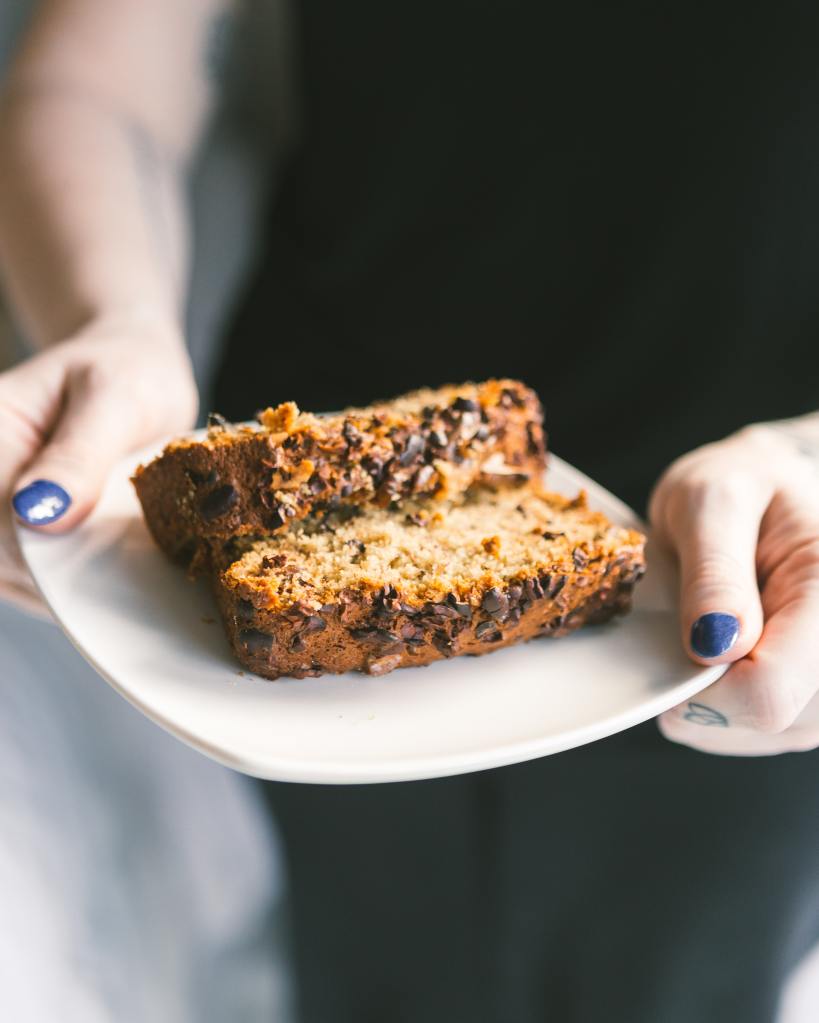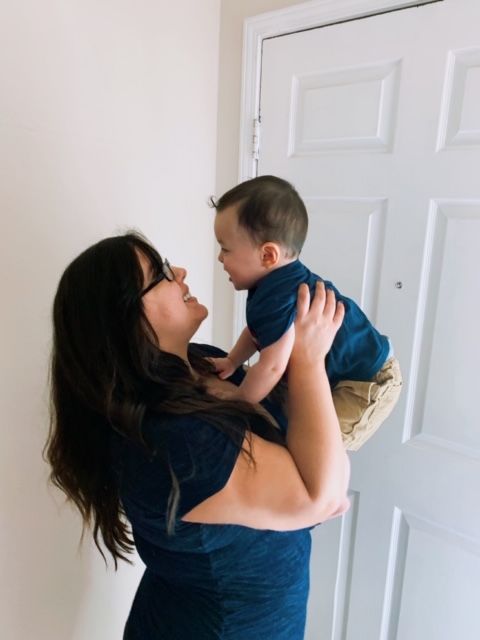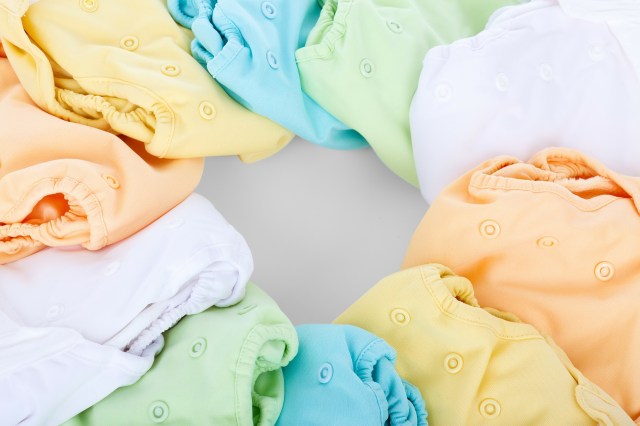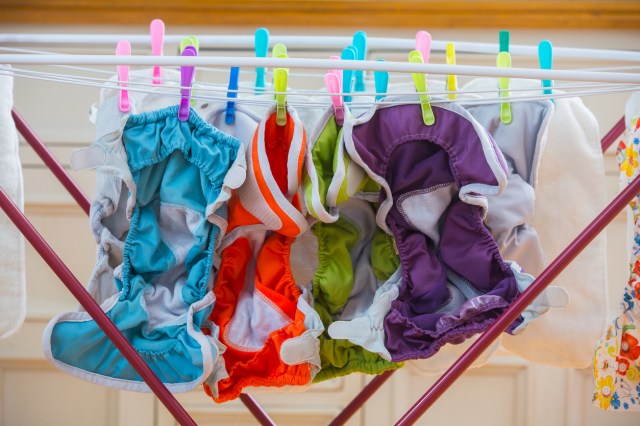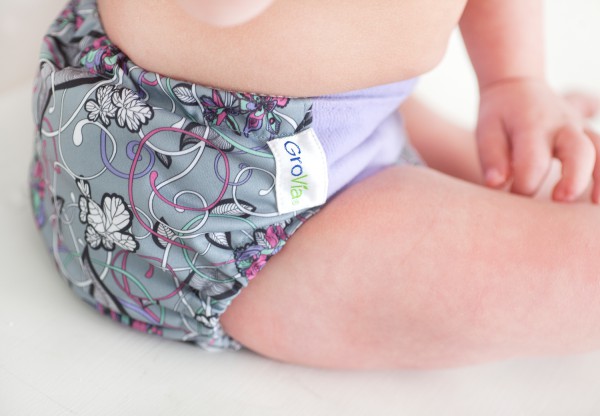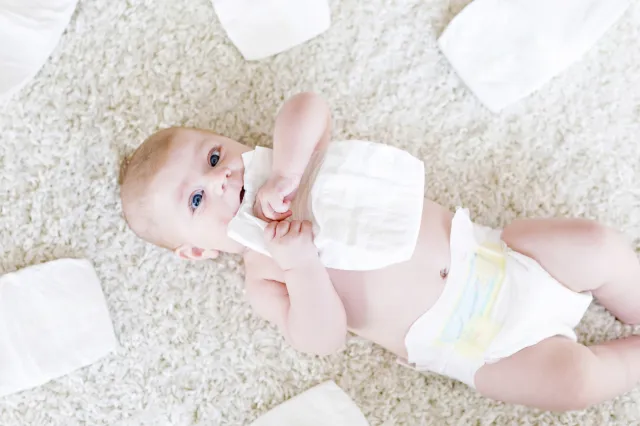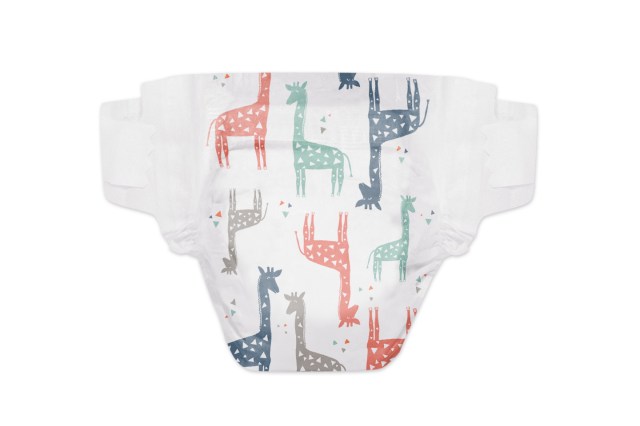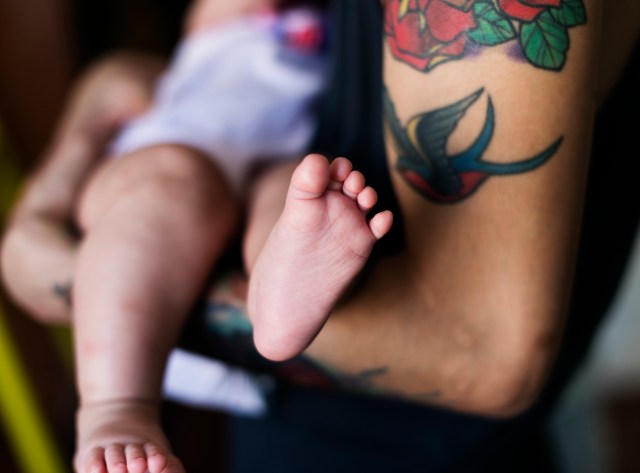So, you’re ready to start your baby on solid foods. At 6 months old, your little one meets the American Academy of Pediatrics (AAP) recommended age to begin their foodie journey. You’ve talked to your pediatrician and decided to tempt your baby’s developing taste buds with some yummy single-ingredient bites like bananas, apples, or (my son’s absolute favorite) sweet potatoes. Now comes the big question: How are you feeling?
It’s normal to be a little (or a lot) nervous when your baby reaches a new milestone, and starting solids is no different. There’s the timing, whether you try baby-led weaning or purées, potential allergies, and the mess of it all. But on the plus, it’s a fun new activity to do with your baby and produces the cutest faces ever. (The way they pucker when they taste lemon? Chef’s kiss.) Plus, there’s nothing to fear because we’re here to help you understand the finer points of feeding. We asked the experts to reveal the most common mistakes parents and caregivers make when starting solids so you can support your baby (and yourself!) during this new and exciting stage. Here’s what they had to say.
1. Not managing expectations
Lots of parents have a preconceived idea of what this new world of solids is going to be like, coloured by loved ones, movies and TV shows, and our own imaginations. You’ll be thrilled when your infant takes to bananas and wants them all the time… until you realize that after each meal you’ll be picking clumps of the sticky fruit off the wall (and out of your hair). So managing your expectations is key off the bat.
“We tend to think that eating is an inherent skill that we’re all born knowing how to do, but that’s actually not true,” says Jenny Friedman MS, RD, Pediatric Dietitian and author of the book Stories of Extreme Picky Eating. Eating is a learned skill and it’s complicated, not to mention the fact that young babies have a natural tongue thrust reflex that pushes food out of their mouths, so Friedman says knowing that your little one will take time to learn and need to explore is helpful. In this case, playing with your food can be a good thing, and Friedman says being open and supportive through this process is a good way to start solid foods.
2. Being unprepared
When you’re starting solids you’ll also want to gear up on some practical knowledge. “Make sure you’re updated on safety and first aid courses,” says Melanie Potock, MA, CCC-SLP, a speech-language pathologist who specializes in pediatric feeding and author of the book Responsive Feeding. This way you’ll feel more confident going in.
You’ll also want to read up on the different schools of thought on how to approach solid foods. You pretty much have three options, explains Potock: parent or caregiver spoon-feeding with purées, baby-led-weaning where babies practice their motor skills by feeding themselves, or a hybrid approach. Understanding each method allows you to pivot if your chosen technique doesn’t match your infant’s preference. “In my experience, most parents do a hybrid approach to feeding,” says Potock.
3. Starting too early or too late
Are you trying to figure out when your babe is ready to start solids? There are guidelines for that. Both Potock and Freidman cite the AAP’s suggestion to begin solids at around 6 months old, and the Centers For Disease Control and Prevention (CDC) offers benchmarks like your baby being able to support themselves while sitting up in a high chair, and trying to grab for small objects. Freidman says ideally your infant should also show some interest in food such as paying attention to the snack you’re eating and even grabbing for it. When all of these signs align, talk to your pediatrician about the feeding process and create a plan that works for you and your little one.
If your baby shows no interest in the sweetness of their sweet potatoes at first, it doesn’t mean your timing is off. Friedman explains that lots of infants need more than one exposure to a certain food to become comfortable with it. Potock adds that you can help them become more accustomed to different oral sensations by regularly changing up their teethers to safe options in different sizes and textures.
It’s also important to be aware that during your feeds it’s normal for your baby to gag here and there, and is in no way an indication that they aren’t ready for solids. Friedman says gagging is fine because it’s actually a sign that your infant is able to clear food out of their throat. Gagging is a normal reflex that’s loud and can possibly turn your baby’s skin red, whereas choking is quiet and can possibly make baby’s skin turn bluish, according to the NHS. Should you have any concerns here, talk to your healthcare provider.
4. Throwing in the dish towel too quickly
Rumor has it that all babies fuss when starting solid foods and that picky eaters abound. This is why it’s easy to believe that your baby’s pained expression means they don’t relish eating peas—or does it? “Most babies will make faces and gag occasionally at the new sensory experience of eating solid foods,” Potock says.
However, if you’re finding it hard to move past a particular bout of foodie fussiness, this may have more to do with an underlying issue like a missed nap or teething. In this case, Potock says to respect your child’s behavior and simply give them a break or try again another time. “In my experience, most babies do like most foods.” So, she encourages you not to draw any conclusions too soon about what your little likes and doesn’t like at this stage.
It’s so important and valuable to introduce your infant to a variety of flavors, textures, and colors when trying out solids. “If your child doesn’t seem to like something right away or if they struggle to eat something, try again,” Friedman says. For example, an apple can be shredded, soft-boiled in halves, or served as applesauce.
5. Putting too much pressure on yourself
Having a shared dinner time can boost your child’s self-esteem, develop healthy eating habits, and improve communication skills, according to the Family Dinner Project.org. But while sharing a meal has proven benefits and might sound easy enough, experts acknowledge that it’s just not always realistic. “I’d love it if babies could be part of family meal times,” Potock says, “but in our busy world that’s not always possible.”
Freidman echoes this sentiment, saying, “My number one recommendation is that families do what works for them.” She points out that eating together can help babies learn social skills and how to eat, engage, and share food, but that eating together is not a requirement given changing schedules, family commitments, and more. The good news is that even if only your babe is eating, you’re still spending time engaging with them and this is important, too.
6. Not reading the cues
“Baby has their own internal cues to help them know when they’re full and when they’re hungry,” explains Potock. Being mindful of these signs is a solid way to help your tot enjoy the whole process. “We know for sure that paying attention to baby’s cues and creating positive energies around the experience will help baby look forward to the feeding experience.” While picking up on responsive feeding cues like an eager expression, leaning forward with anticipation, or attempting to self-feed can let you know your little one is ready to go, there are also cues to tell you they’re done the meal—such as head turning, arching their body forward, or no longer opening their mouth—and it’s important to listen.
Reading your baby’s cues can go a long way in creating a healthy relationship with food, and Freidman emphasizes the importance of not forcing food when they’re giving you cues that they’re done. “Try to establish a responsive, respectful relationship while you’re feeding your kid,” she says.
The Fun in Food
When it comes to starting solids with your kiddo, there’s definitely a learning curve, but there’s plenty of fun to be had too. Freidman says one of her biggest pieces of advice is remembering to give your babe room to explore—and that a little mess isn’t the end of the world. “When you’re constantly wiping your child’s mouth and catching their food, you’re minimizing their experience of exploration,” Freidman explains. “So wait until the end of the meal and then clean up.”
And of course, all that mess lends itself to one last piece of advice from Potock: “Get the camera ready because it’s pretty cute!”







